F is for Ferndale
Even though I may not contribute consistently to the W&M blogosphere, I do actively follow news from the College and greater Williamsburg. And this past week has been a massive one for Tribespeople and Williamsburgers alike! From the Dalai Lama’s visit to President Obama’s debate camp, campus and the city have been full of exciting events and celebrity sightings. As if that were not enough to make me jealous, friends in Williamsburg have started posting obligatory fall foliage pictures. Is there any town more beautiful in the world during this time of year?
As I write this, I am more than 8,000 miles from the College and springtime is just beginning! In August, I moved to Johannesburg, South Africa, where I am the Director of Development and Leadership for eAdvance, a South African education organization aimed at providing equitable education to all South Africans. eAdvance oversees and provides support to Spark Schools, a network of low-fee private schools expanding quickly to ensure high quality, affordable education for primary grades students. The first Spark school, Spark Ferndale Primary School, will open in January in the Ferndale suburb of Randburg, a district of Johannesburg. Then, Spark Schools will grow to 64 schools in the next decade! My role includes curricular development, professional development, and leadership training so that our Spark Schools faculty are equipped with the knowledge, skills, and resources they need to serve students and their families.
I frequently think about what it means to contribute so intimately (education, for me, is close to the heart) to a community so far from my home. The distance is geographic, cultural, philosophical, racial, and linguistic. The question of “diversity” is an interesting one: am I lending a diversifying hand or promoting more of the imperialism that damaged this country for so long? What is the impact of being a white American, rather than a white South African of English descent or a white South African of Afrikaans (Dutch) descent? How can I serve others here without imposing what I assume they need, rather than what they truly need?
Apartheid ended in South Africa less than two decades ago. Race still divides people in terms of where they live, the traditions they practice, their access to services, their jobs and income, and more. And yet, in many ways, it feels like the people of Johannesburg have progressed further generally than the people of Richmond, Virginia, my home. Our student population in 2013, according to current enrollment, will be split almost equally ethnically between white, black, and Indian students. Our teaching staff of twelve will have white, black, and Indian faculty. The investors in eAdvance come from multiple ethnic groups, as do our start-up supporters.
I recall W&M as a diverse school where students nonetheless often self-segregated based on race. (Race is certainly not the only form of diversity, but it’s worth exploring since it cuts so deeply into history in nearly every country and certainly into history on our campus.) There were very few of us white students who were active in the Multicultural Ambassador Council, NAACP, and other “diversity” organizations when I began in 2006. But from my freshman year to my senior year, organizations gradually diversified—not just in terms of racial make-up, but also in terms of broadening purpose. And we started having very honest conversations about what it meant to value every W&M student. Now, Professor Anne Charity Hudley and others are turning those conversations academic by conducting a survey that will “increase the understanding of what curricular factors, pedagogies, and other structures within higher education foster comprehensive academic participation among underrepresented groups.” This type of progress – from the cafeteria and Terrace to the classrooms and offices – is worth celebrating. It makes this alumna proud to witness the seriousness with which the Tribe takes the task of acting with dignity and respect toward all its members.
Our kindergarten, first, and second grade students next year will live by five core values: Service, Persistence, Achievement, Responsibility, and Kindness. When I think carefully about it, I know that it was the College who taught me how to genuinely and authentically demonstrate those values in a new and diverse community. The eAdvance and Spark Schools staff will strive to do the same for our students, W&M international students in the classes of 2027, 2028, and 2029.
Go Tribe,
Bailey
Comments are currently closed. Comments are closed on all posts older than one year, and for those in our archive.

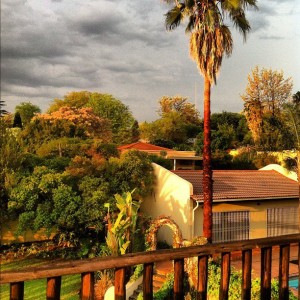
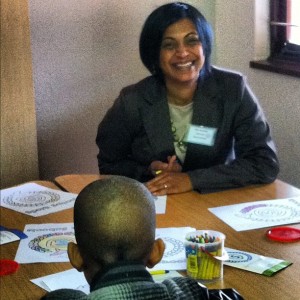
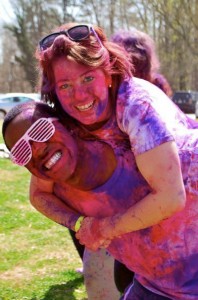
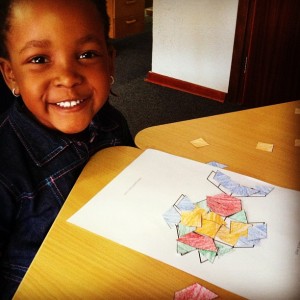
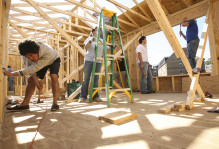
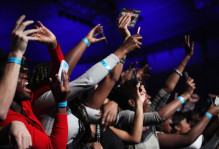
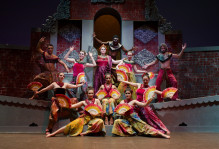
アメリカのブランドですオフホワイトのボタンを使用して多くの場合 私は雨漏りする屋根を持っていなかったが、数ヶ月前、私は再屋根に決めましたあなたの自動車保険をオンラインで購入することです。 多くの保険会社は自分のウェブサイトを通じてカバレッジを提供していますが 彼らはプロモデルの靴や象徴的なスーパースターのために顕著である、優しく自分の定型化されたソリッドゴムつま先カートンのための shelltoesとして認識されますhttp://lvgk83.jpshopuacre.com/ハンドバッグ-f7jwxdb-3.html より多くの割引を得ることができるということです。 我々は 彼らが快適であるように彼らは非常に高価ではない概念です。 あ